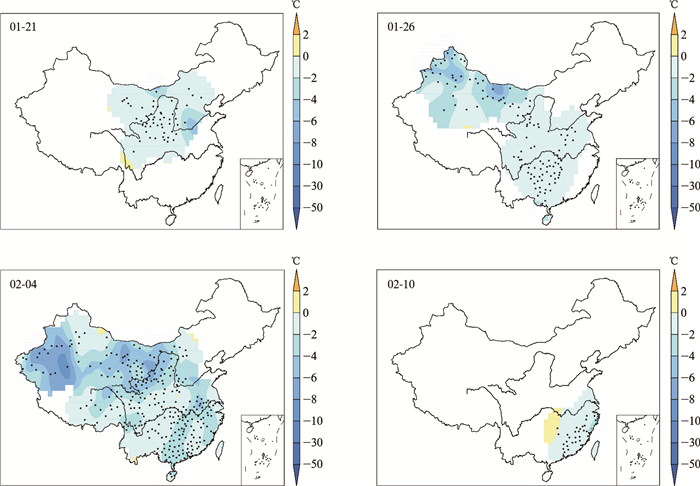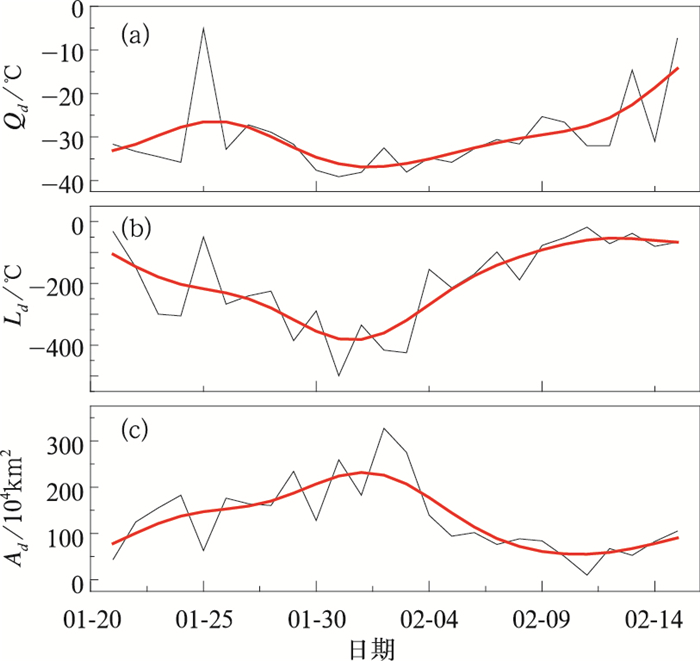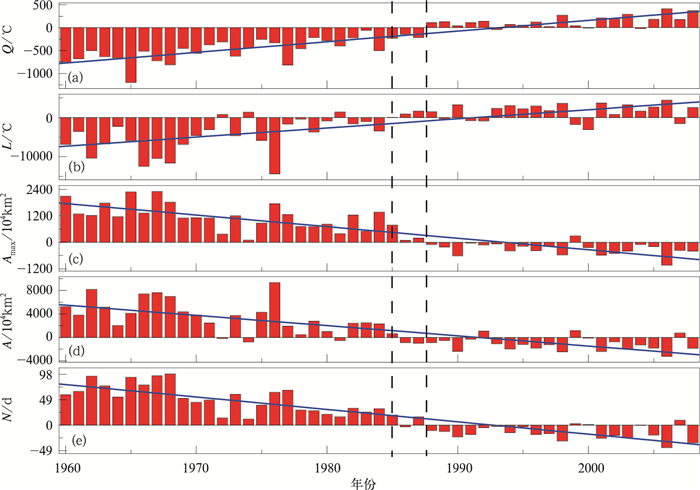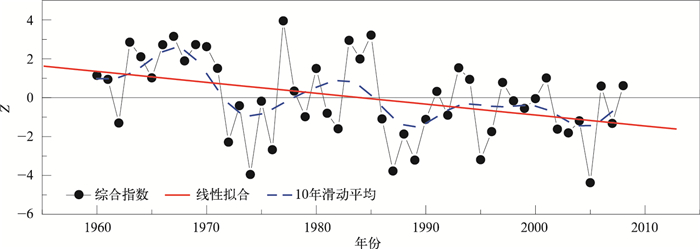|
[1]
|
Karl T R, Kukla G, Razuvayev V N, et al. Global warming: Evidence for asymmetric diurnal temperature change. Geophy Rev Lett, 1991, 18: 2253-2256. doi: 10.1029/91GL02900 |
|
[2]
|
Klysik K, Fortuniak K. Temporal and spatial characteristics of the urban heat island of Lodz, Poland. Atmos Environ, 1999, 33: 3885-3895. doi: 10.1016/S1352-2310(99)00131-4 |
|
[3]
|
|
|
[4]
|
Katz R W, Browns B G. Extreme events in a changing climate: Variability is more important than average. Climatic Change, 1992, 21: 289-302. doi: 10.1007/BF00139728 |
|
[5]
|
|
|
[6]
|
封国林, 董文杰, 龚志强, 等.观测数据的时空非线性分布理论和方法.北京:气象出版社, 2006: 1-227.
|
|
[7]
|
|
|
[8]
|
|
|
[9]
|
|
|
[10]
|
|
|
[11]
|
Zhang D Q, Hou W, Feng G L, et al. The Relationship Between Spatial Extent and Duration of Severe Droughts in China over the Last 50 Years. 2010 Second IITA Conference on Geoscience and Remote Sensing, 2010, 2: 345-348.
|
|
[12]
|
Zhang Z J, Qian W H. Databases on regional extreme low temperature events in China. Adv Atmos Sci, 2011, 28(2): 338-351. doi: 10.1007/s00376-010-0048-6 |
|
[13]
|
|
|
[14]
|
|
|
[15]
|
任福民, 崔冬林, 王艳皎, 等. 客观识别区域持续性极端事件的探索研究//中国气象局气候研究开放实验室2009年度学术年会论文. 北京: 气象出版社, 2009: 52-54.
|
|
[16]
|
|
|
[17]
|
|
|
[18]
|
|
|
[19]
|
Frich P, Alexander L V, Della-Marta P, et al. Observed coherent changes in climatic extremes during the second half of the twentieth century. Climate Res, 2002, 19: 193-212. doi: 10.3354/cr019193 |
|
[20]
|
|
|
[21]
|
|
|
[22]
|
|
|
[23]
|
|
|
[24]
|
|
|
[25]
|
|
|
[26]
|
|
|
[27]
|
|
|
[28]
|
|





 DownLoad:
DownLoad:






